Once the Center of Georgia’s Culinary Universe.
In the 1950s and into the 1960s, Mrs. Effie Boyd served up some of the best Southern cooking this side of Heaven, from fried chicken and baked ham to roast turkey and country fried steak.
I haven’t been everywhere, but it’s on my list. I love to travel, and I have been to many, many places across our great country and around the world and I have never, ever—not even once—told anyone I was from Atlanta, because I’m not. Neither have I told anyone I was from Covington. Again, because I’m not. I always make sure everyone knows I’m from Porterdale, and you would be amazed at the number of times that revelation has put smiles on people’s faces—from London to San Francisco and points in between—and was usually followed by a question: “Do they still serve that great food in that little hotel there?”
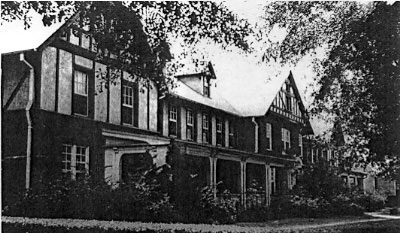
Ah, the Porterdale Hotel, or the Village Inn, as it was properly called back in the day. “The Day” would have been in the 1950s into the 1960s, primarily, when Mrs. Effie Boyd—Ef, to her many friends—served up some of the best Southern cooking this side of Heaven. There was a publication back then known as “Brown’s Guide to Georgia,” which rated the best places to eat throughout the state. People swore by it. More importantly, they ate by it. “Brown’s Guide” named Effie Boyd’s dining room the No. 1 place to get a meat-and-three year after year after year.
During the week, local workers from “town,” meaning Covington—the mill people didn’t get lunch breaks—would fill Mrs. Boyd’s tables for lunch and again at supper time. On Sundays? Goodness gracious sakes alive. On Sundays, people from Atlanta and points beyond would line up on the porch for hours to get inside the door and enjoy her delectable dishes. On special occasions, like Mother’s Day or Easter, they would start coming before noon and the lines would still be long at 4 p.m. and beyond. I know. I lived right across the street.
“During the week, local workers from “town,” meaning Covington—the mill people didn’t get lunch breaks—would fill Mrs. Boyd’s tables for lunch and again at supper time.”
Darrell Huckaby
Those people weren’t wasting their time or energy or hard-earned money. They knew a good thing, and the reward they got when they finally made their way inside was well worth the wait. I speak from experience. Fried chicken. Baked ham. Roast turkey. Country fried steak. Smothered pork chops. Are you hungry yet?
We haven’t gotten to the best part, at least to me. I never thought I’d think so, but looking back, those fresh vegetables were something I took for granted then. I would give anything to be able to sample them again on a daily basis, or just one more time. Collard greens swimming in pot liquor, black-eyed peas, green beans—seasoned to perfection and actually cooked down to that special Southern tenderness, the way God intended them to be served—and candied yams. Mrs. Effie Boyd had a special way of cooking slices of sweet potatoes that made you think you were eating a dish prepared for gods and goddesses. Fried okra, squash casserole. There was a reason “Brown’s Guide” named the Village Inn No. 1 in Georgia
all those years.
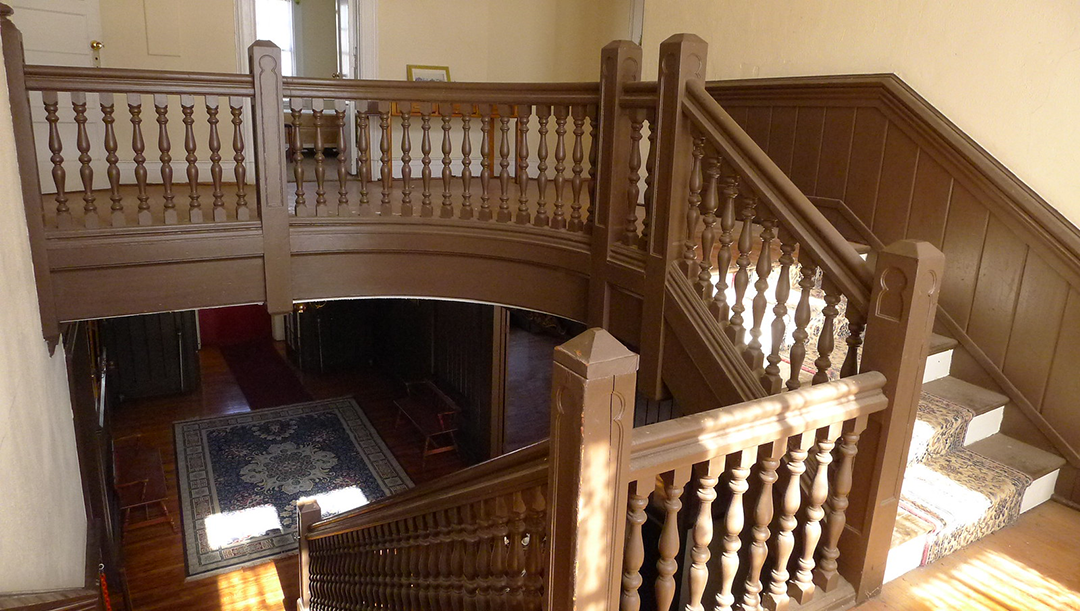
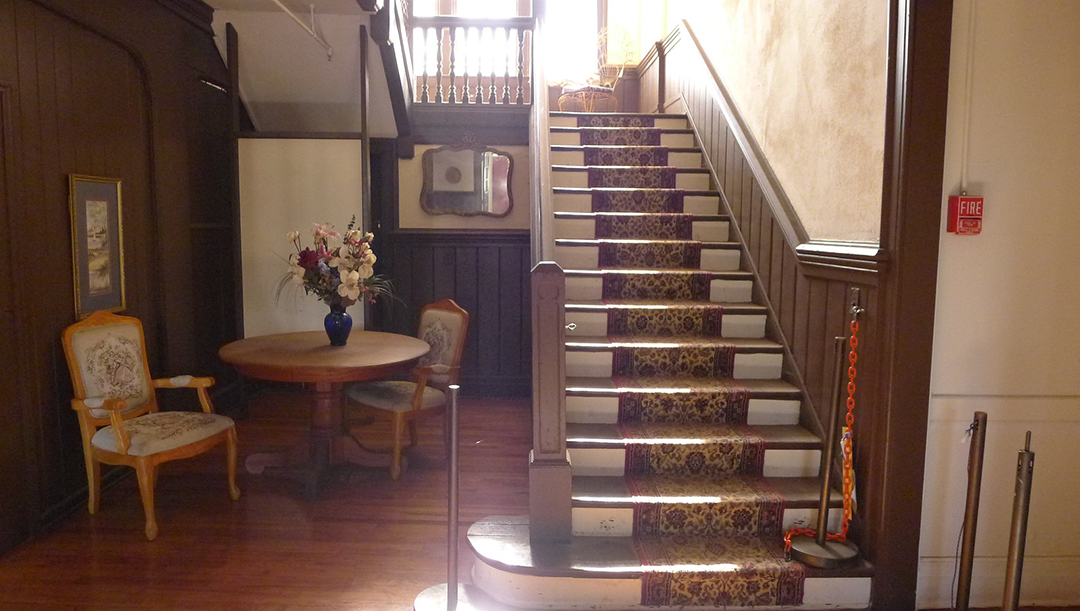
If you have all those vegetables, you have to have cornbread and biscuits with which to sop. Effie Boyd’s biscuits were as good as anybody’s biscuits who ever sifted flour, and her cornbread came in pones, muffins or sticks, depending on the day of the week and her mood.
Of course, there were desserts: cakes and puddings and pies of every description. I’ve spent many hours pondering the question but have never managed to decide whether I preferred her coconut cream pie, her pecan pie or her seven-layer chocolate cake. Such questions will, I suppose, be debated throughout eternity.
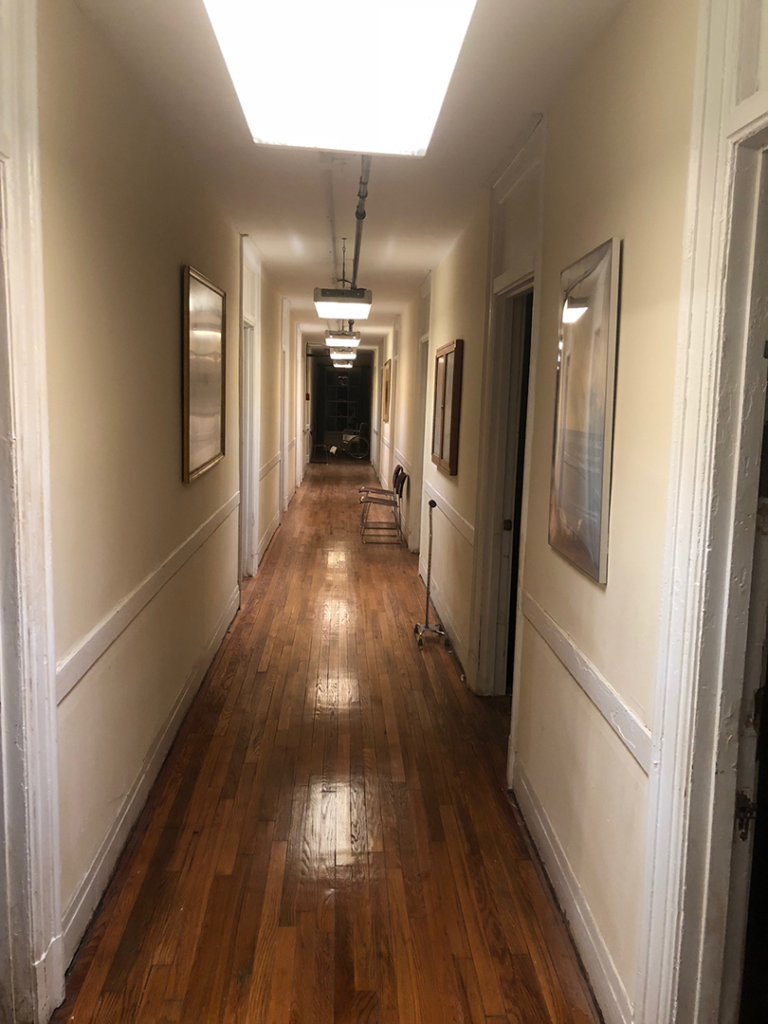
Now that I’ve managed to whet your appetites and made you wonder where you’re going to go tonight in search of food that will at least approximate that which I have described, let me give you a little history lesson. The building in which Effie Boyd worked her magic and made her reputation was originally called the Welaunee Inn, after the small spinning mill of the same name on the south bank of the Yellow River. The inn was built in the 1920s to serve as a 26-room dormitory for single women who worked in that mill and the Porterdale Mill. Later, it served as a hotel for men with business at the mills and as a boarding house for a lucky few who got to eat Mrs. Boyd’s cooking every day as part of the deal.
Now let me tell you how lucky my generation of Porterdalians was. Mrs. Boyd not only ran her restaurant but also cooked all the food in our school cafeteria, on a daily basis, and when we went on a class trip, she sent us on our way with boxes of her famous fried chicken, homemade pimento cheese sandwiches, ham sandwiches and a plethora of other culinary delights direct from her kitchen.
Yep, I’m from Porterdale, but sadly, the hotel restaurant that served that great food is only a precious memory.
Click here to read more stories by Darrell Huckaby.

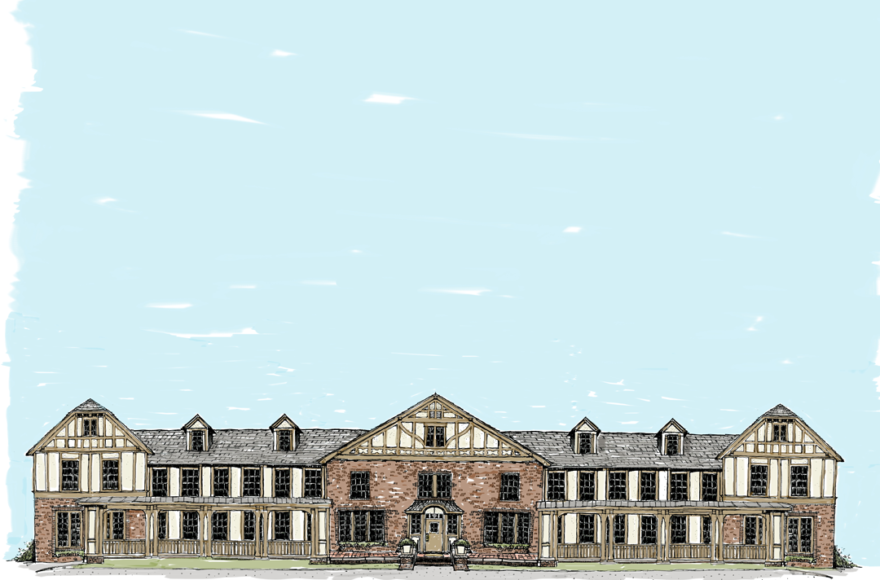
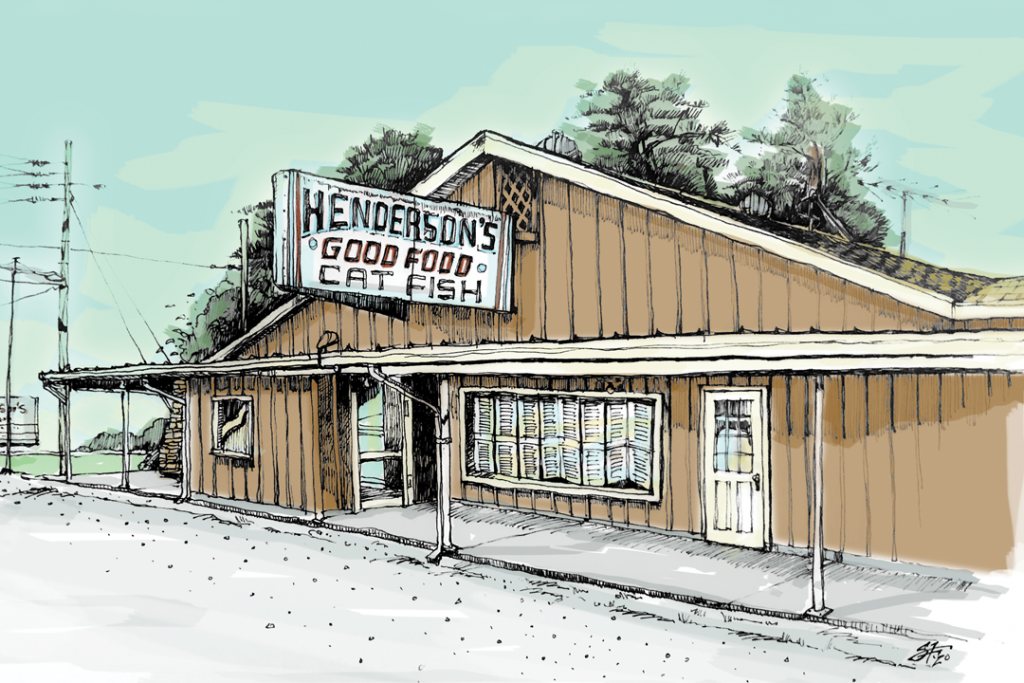
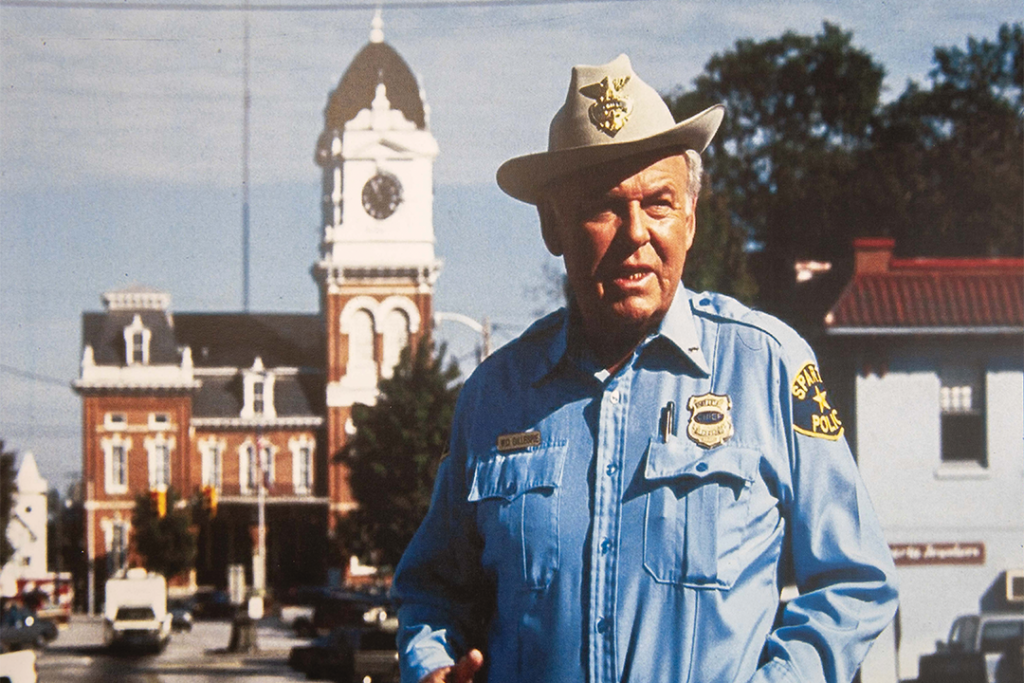
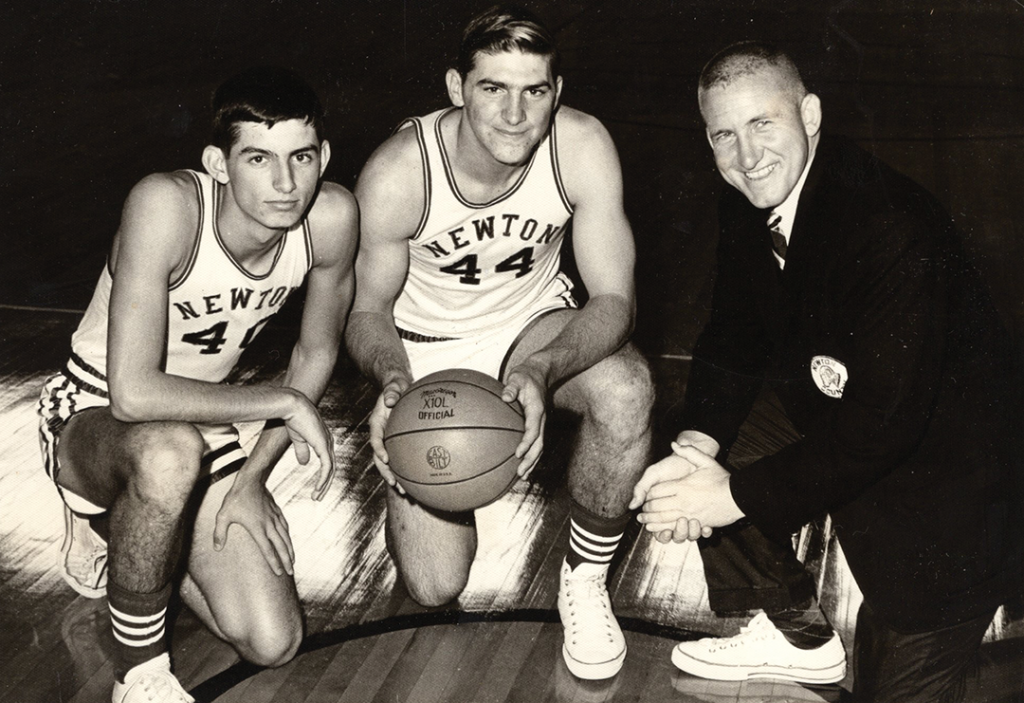
6 comments
I ENJOYED 8 YEARS OF MRS BOYD’S COOKING.FROM THE FIRST GRADE TO 8TH.SHE WAS A FABULOUS COOK AND RAISED 2 FINE YOUNG MEN .THANKS DARRELL FOR THE POST.
Enjoyed this post, memories!
We lived in Newborn and would eat there for special occasions. Also worked with the Christian Womens Club that would meet for a luncheon once a month. Have often wondered what happened to the hotel. Is it still there? Operational at all?
Porterdale was the best place in the world to gtow up. During the earlier years we had our own grocery store, drug store, dry good store (read department store), theater, hotel, wading pool for the kiddies, eight years of the best school system, the best lunchroom with Mrs Effie Boyd making us home cooked meals. And since the Bibb owned the houses, they kept them maintained with new plaster on the walls where needed, the walls were painted regularly. There was no such thing as having to pay a water or sewage bill nor garbage pickup. We had an excellent school with outstanding teachers. Almost makes me cry that both of our school buildings were torn down. We could walk to school or anywhere without being afraid. We had four churches plus a church for black people. Thank goodness segregation ended and every church was for anyone. Of course we had the river which was enjoyed by so many people especially those who lived on that side of the Old Mill. Lots and lots of good memories!
as well grew up in porterdale. Living there for 24 years of my life, in my great-grandmother’s old Milhouse restored by my dad Kenneth Hall. My very first job at the age of 14 was at the porterdale hotel. Living at 48 poplar st, I used to walk up the back alley to go to work everyday and this tables. There will never be another place like it in this world again.
Great memories from my youth in the area.